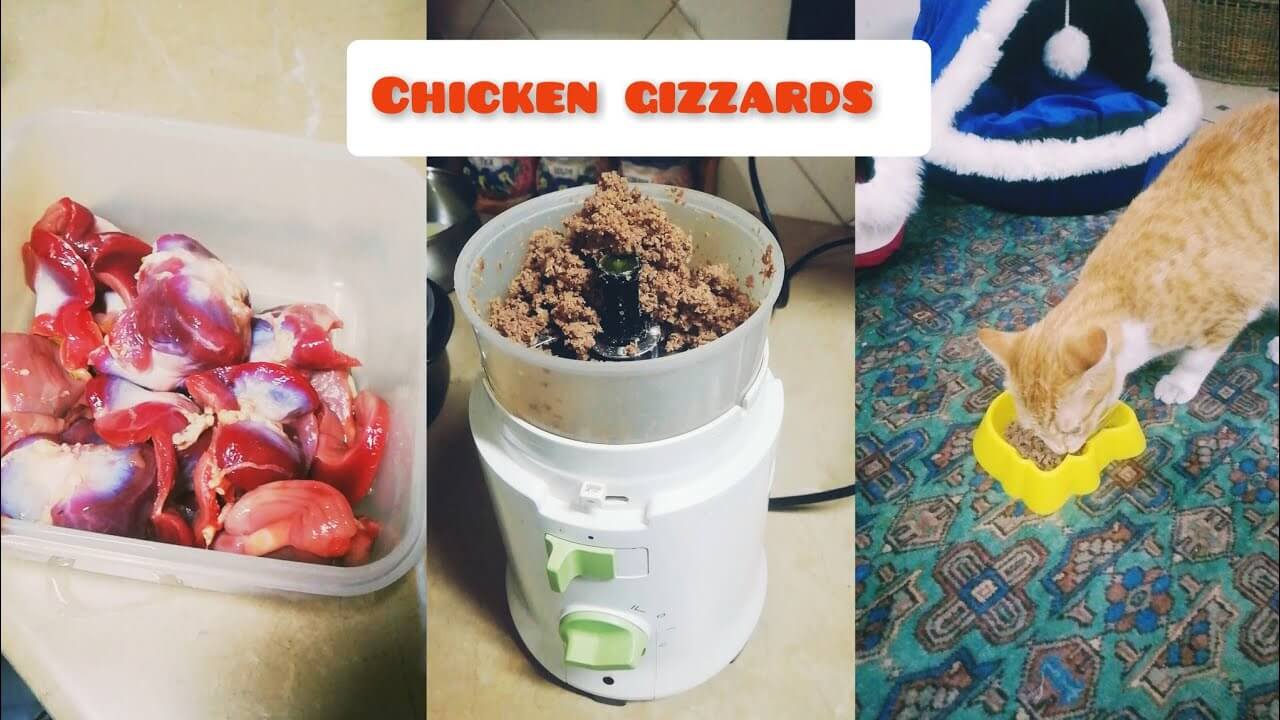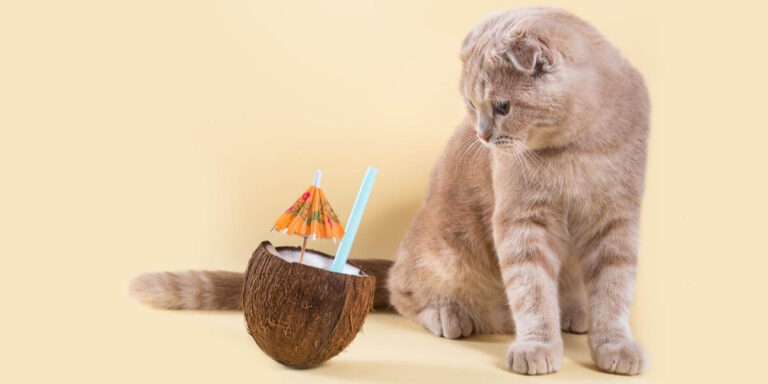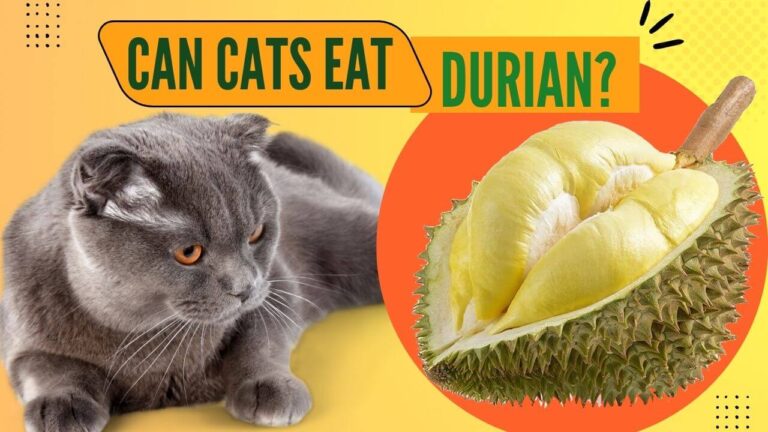Can Cats Eat Chicken Gizzards? A Vet-Backed Guide to Feline Nutrition and Safety
When it comes to feeding our feline companions, pet owners often seek ways to enrich their diets with wholesome, natural ingredients. One such question that arises is: Can cats eat chicken gizzards? The short answer is yes—but with conditions. Gizzards can offer a wealth of nutritional benefits when served properly and in moderation.
In this comprehensive, emotionally engaging guide, we’ll explore what chicken gizzards are, their nutritional value, benefits and risks for cats, preparation tips, and vet-reviewed feeding guidelines. This article is not just about food—it’s about nurturing your pet’s health through informed, compassionate choices.
Contents
What Are Chicken Gizzards?
Let’s begin with a fascinating fact: the chicken gizzard is a specialized, muscular organ found in the digestive system of birds. It’s designed to grind food using small stones or grit the bird ingests. Though often overlooked in Western cuisine, this humble organ is prized in many cultures—and in the pet world, it’s gaining traction as a nutritious dietary supplement for dogs and cats.
From a lexical perspective, gizzard is a hyponym of organ meat and a meronym of the avian digestive system. It shares a semantic relationship with other offal like liver and heart—all of which hold distinct nutritional profiles beneficial to carnivorous animals like cats.
Nutritional Value of Chicken Gizzards
Chicken gizzards are more than just scraps—they’re nutrient powerhouses.
- High in Protein: A 100-gram serving contains nearly 18 grams of protein, essential for feline muscle maintenance and repair.
- Low in Fat and Carbs: Naturally lean and carb-free, making it ideal for obligate carnivores.
- Rich in Key Micronutrients:
- Iron: Supports red blood cell production.
- Selenium: Offers antioxidant benefits.
- Magnesium: Essential for metabolic and enzyme functions.
- Vitamin B12: Critical for nerve and digestive health.
- Natural Source of Glucosamine: Aids in joint health—a rare but significant benefit not often found in standard feline diets.
These organ meats act as a hypernym for biologically appropriate nutrition in cats, mimicking what they would naturally consume in the wild—making gizzards a natural fit in a prey-based diet model.
Top 3 Benefits of Chicken Gizzards for Cats
- Balanced Macronutrients: With high-quality protein and minimal fat, gizzards help maintain lean muscle and energy levels.
- Essential Micronutrients: Provide vital minerals that commercial kibble often lacks.
- Joint Support: Thanks to glucosamine, gizzards may help prevent arthritis and improve mobility in aging or active cats.
These features are semantically linked to longevity, agility, and overall feline wellness—attributes every loving cat parent desires.
Risks and Considerations
While beneficial, chicken gizzards also come with caveats:
- High Phosphorus Content: Not suitable for cats with chronic kidney disease.
- Elevated Cholesterol: Though cats metabolize fat differently, excessive cholesterol can still pose risks over time.
- Lack of Nutritional Completeness: Gizzards should supplement, not replace, a balanced feline diet.
These risks, when examined through the lens of connotation, highlight the fine line between a healthy treat and a dietary hazard. Always consult your veterinarian before making changes to your cat’s menu, especially if underlying health conditions exist.
Raw Cat Food Q&A: Can you use CHICKEN GIZZARDS along with (or instead of) HEARTS?!
How to Safely Prepare Chicken Gizzards for Cats
Proper preparation is key. Avoid feeding raw gizzards due to the risks of bacterial contamination (e.g., Salmonella, Campylobacter).
Step-by-Step Cooking Guide:
- Clean thoroughly. Remove grit, dirt, and any tough membranes.
- Slice into small, manageable pieces. This aids in digestion and safety.
- Boil the gizzards. Avoid oils or seasoning—plain is best.
- Store properly. Freeze extra portions in airtight containers to preserve freshness.
From an etymological standpoint, gizzard comes from the Latin gigeria, meaning giblets—historically revered as a nourishing delicacy. That legacy continues today for our beloved pets.
Feeding Guidelines
- Frequency: 1–2 times per week
- Portion Size: A few small chunks as a treat or meal topper
- Consultation: Always speak with your vet, especially for senior cats or those with special dietary needs
Moderation is the golden rule. Overfeeding any organ meat—no matter how nutrient-dense—can disrupt dietary balance and lead to long-term issues.
Final Thoughts: A Thoughtful Treat, Not a Staple
Chicken gizzards can be a delightful, health-supporting addition to your cat’s diet when offered correctly. They are nutrient-rich, biologically appropriate, and affordable. But like all things in life—and in pet care—they must be given with intention, care, and awareness.
By understanding both the science and soul behind what we feed our feline friends, we deepen our bond with them. After all, feeding a cat is not just about nutrition—it’s an act of love.
- Golden Retriever Pros and Cons: What Every Pet Parent Should Know - 15 September 2025
- Cane Corso Dog Breed: Health, Care, and Lifespan - 14 September 2025
- Catahoula Leopard Dogs: Description, Temperament, Lifespan, & Facts - 21 July 2025







